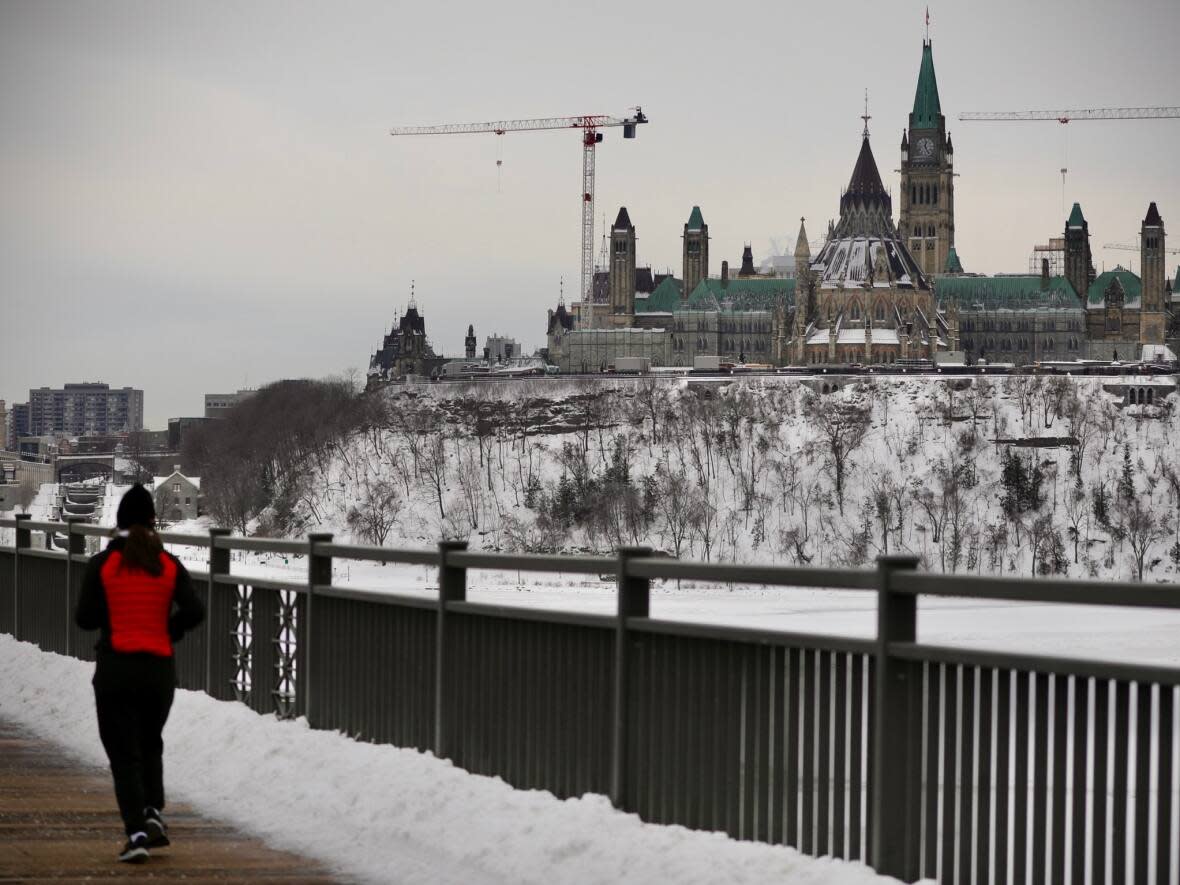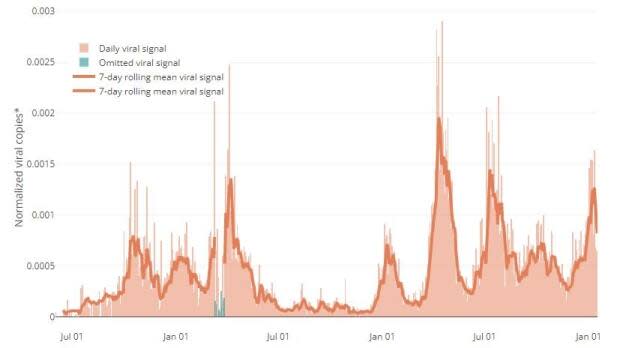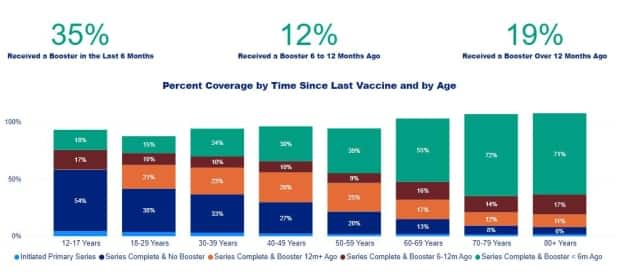COVID trends generally high and stable going into the weekend

Recent developments:
Ottawa's COVID-19 trends are generally stable.
Its coronavirus wastewater readings are very high, but dropping.
There's a new risk level tool in the EOHU.
The latest
Ottawa Public Health (OPH) says recent downward trends are encouraging, but the city's respiratory virus level remains high overall and it's still worthwhile to reduce risks.
Experts strongly recommend people wear masks indoors and, in Ontario, in the days after having COVID symptoms. Staying home when sick and being up-to-date with COVID and flu vaccines also help protect vulnerable people.
CBC Ottawa takes a look at COVID trends on Tuesdays and Fridays. A broader look at respiratory illnesses comes on Wednesdays: overall flu and other respiratory virus activity was seen as dropping.
Wastewater
Data from the research team says the weekly average level of coronavirus in Ottawa's wastewater, as of Jan. 16, had dropped seven of the last eight days after rising for about six weeks.
It's at its lowest average of the young year. OPH still considers it very high.

Hospitals
OPH's count of active, local COVID-19 hospital patients rises to 31, according to Tuesday's update, with three patients in intensive care. Those numbers have been at a similar level for more than a month.
There is another count that includes other patients, such as people admitted for other reasons who then test positive for COVID, those admitted for lingering COVID complications, and those transferred from other health units.
That number has been generally stable this month.

Tests, outbreaks and deaths
Ottawa's COVID-19 test positivity rate is back to about 15 per cent, where it was before an early January spike. OPH considers this high. Testing strategies changed at the end of 2021 and many cases aren't reflected in counts.
There are 29 active COVID outbreaks in Ottawa, which is high and stable, according to OPH.
OPH reported 194 more COVID cases over three days and the death of someone age 90 or above who had COVID. In all, 1,003 Ottawa residents who had COVID have died since the start of the pandemic.
Vaccines
Thirty-five per cent of Ottawans age 12 and older have had their most recent dose within the last six months, as is generally recommended, with older age groups having higher rates.
The percentage of residents who last received a booster more than a year ago continues to grow.
This does not factor in immunity from getting COVID.

As of the most recent weekly update, 93 per cent of Ottawa residents aged five and up had at least one COVID vaccine dose, 90 per cent had at least two and 62 per cent at least three.
Thirty-six per cent of Ottawans aged 12 and older had at least four doses.
About 9,650 residents younger than five have had a first dose, which is about 21 per cent of Ottawa's population of that age group. About 5,250, or 11 per cent, have had two.
Across the region
Spread
The coronavirus wastewater average in Kingston is dropping after a spike. Data for other areas outside Ottawa is out of date or unavailable.
The average COVID test positivity is a stable 15 per cent in Renfrew County.
The Eastern Ontario Health Unit (EOHU)'s Dr. Paul Roumeliotis said in his weekly update that its COVID risk is generally low, and trends there are generally stable or dropping.
The EOHU has a new online respiratory illness risk index that's starting with COVID, looking at how it currently compares to trends since the start of May 2022.
WATCH | The medical officer of health's weekly update:
Hospitalizations and deaths
Eastern Ontario communities outside Ottawa report about 35 COVID-19 hospitalizations, with five patients in intensive care.
That regional count doesn't include Hastings Prince Edward (HPE) Public Health, which has a different counting method. It has 13 local COVID hospitalizations after spending December in single digits.
Western Quebec's health authority, CISSSO, reports 101 COVID hospitalizations. That number has been around that number since December. One of the patients is in intensive care.
One more COVID death was reported by CISSSO. It's now reported a total of 369 of these deaths.
Vaccines
The Kingston area's health unit says that 33 per cent of its population age five and up have had a booster vaccine in the last six months. That number is 27 per cent in HPE and unavailable elsewhere.
Across eastern Ontario, between 82 and 93 per cent of residents age five and up have received at least two COVID-19 vaccine doses, and between 53 and 66 per cent of those residents have had at least three.


